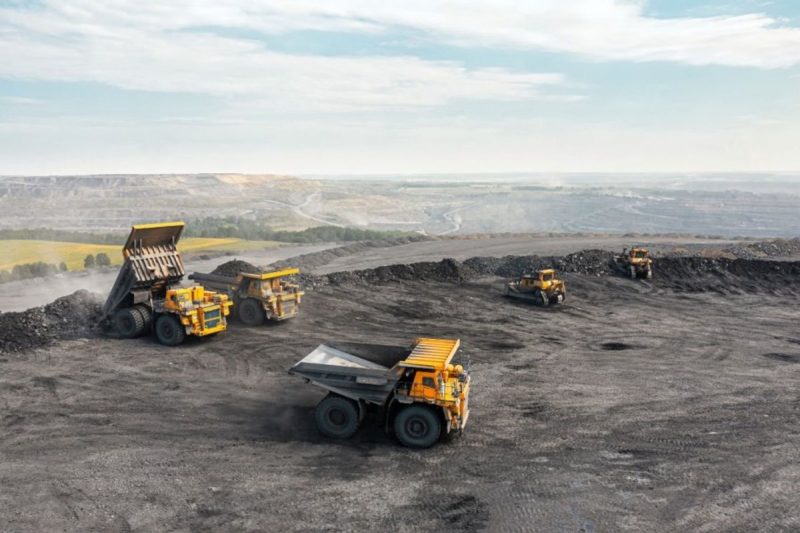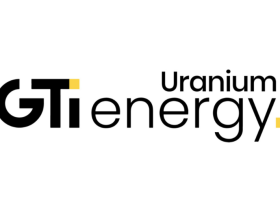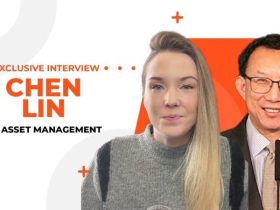As Canada prepares to ramp up its efforts to supply the growing critical metals value chain, consulting with the country’s many First Nations communities is becoming more important than ever.
Demand for these key metals is projected to balloon over the next two decades. It is estimated that by 2050, 1.4 billion metric tons of copper will be required to facilitate electrification needs, with dozens of new mines needed.
For context, the total amount of copper mined throughout human history only tallies 700 million metric tons.
Looking beyond copper, a 2023 report from the Fraser Institute indicates that to achieve ambitious 2050 climate targets, the world will need at least 388 new mines focused on lithium, cobalt, nickel and other battery raw materials.
In Canada, many of these new mines will be in or adjacent to First Nations communities, which makes consultation and engagement a key priority in order to get the mines built. However, in recent months there have been several reports of First Nations communities opposing new projects. Most prominent has been the pushback on mining activity in Ontario’s Ring of Fire, and more broadly on the provincial government’s permitting process.
In 2023, the Ford government implemented legislation to expedite mine and access road permits. However, the Building More Mines Act is devoid of any mention of First Nations engagement despite previous assurances that local Indigenous communities would be consulted and apprised of mining-related activities on their lands.
Additionally, the current exploration permitting process in the province allows claims to be staked with virtually with no initial input from the communities this process may impact.
With those and other circumstances in mind, it’s no surprise that the topic of improving relations between First Nations communities and the mining sector was a recurring theme at the annual Prospectors & Developers Association of Canada convention (PDAC), held in early March. Here’s what key stakeholders had to say.
Indigenous voices urge early and frequent contact
During a panel discussion at the convention titled ‘Where Exploration Meets Operations: Sustainable Value Chains for Critical Minerals,’ experts emphasized the significance of early and substantive involvement with Indigenous communities in the exploration and development phases of mining projects.
Among the panelists was Valerie Taggart, project coordinator for the Algonquins of Pikwakanagan First Nation. Taggart, who is of settler descent and lives with her partner on the traditional and unceded territory of the Algonquin, offered insight on the historical challenges between First Nations communities and the mining sector.
“I have found that historically First Nations people have been told what sustainability is. It’s innovative technology, energy efficiency. It’s electrifying areas previously dominated by fossil fuels and following parameters laid out by government agencies,” she told attendees, adding, “First Nations people have been told that sustainability is a world issue, and as such requires a worldly approach to lower overall emissions, the human carbon footprint and pollution.’
However, she pointed out that for many First Nations communities the concept of sustainability is much more local.
“The health of the land, water and air are paramount to the sustainability of the Algonquin people themselves, whose culture and way of life is deeply rooted in land-based practices like hunting, fishing and trapping, which is their constitutional right,” Taggart explained to the audience.
She also underscored the need for the mining industry to understand its cumulative impact, noting that First Nations are often having conversations with multiple mining companies, not just one.
“First Nations people must endure a higher volume of traffic noise and air pollution, water contamination and all the other negative impacts that come with the day-to-day operations of a mine” she said.
“These are measurable impacts; we know these impacts are present. When the plants are no longer harvestable, the animals are displaced and driven from their homes so that people go hungry.”
Recognizing the potential negative impacts of mining projects on First Nation communities, Taggart emphasized meaningful engagement as a pathway to mitigate these repercussions.
“The Algonquin people of Pikwakanagan feel that the earlier a First Nation becomes aware of and engaged in a project, even as early as the conception phase, the better for all parties,” she said. “The more involved a First Nation is in various studies that aid in the outcome of a project in a real and tangible way, the better the overall outcome of a project.”
She suggested that companies begin First Nations engagement as soon as a viable resource has been defined, while emphasizing the importance of understanding that each community is unique.
“It’s really important to reach out and allow them to kind of lead that process and to engage with them as they see fit,” she said. “Because everybody has a different level of comfort in engaging with proponents in their territory.”
Mining companies keen to establish and maintain trust
Mining sector panelists also highlighted the necessity for transparent communication, advocating for community involvement at an early stage, and for the integration of Indigenous experts right from project inception.
For Stephen Crozier, vice president of sustainability at Wyloo, the process begins with establishing trust.
He explained that the mining industry has been less than transparent in the past, and must address this shortcoming in relation to its collaboration with First Nations communities, non-First Nations communities and the general public.
Crozier went on to identify compartmentalization of information as a major hurdle that impedes effective governance and relationship building. To address this issue, he suggested a paradigm shift that he described as the “glass box’ approach, which prioritizes comprehensive data collection and structured access.
“It’s not a glass box in the sense that this is a transparency initiative, it’s far more fundamental than that,” he told the audience at PDAC. “What we want to capture is all of the either structured or unstructured data streams that relate to what it is we’re proposing to do — how we’re going to engineer it, how we construct it, how we operate and how we commission and provide that picture. (We want to) ensure that we have that data collection so that it’s available to navigate, so we can provide access to parties in a structured manner.”
Blair Way, COO and director of Patriot Battery Metals (TSXV:PMET,ASX:PMT,OTCQX:PMETF), said consultation begins at an even earlier stage. Patriot is developing the Corvette lithium project in the Eeyou Istchee James Bay region of Québec.
The company began engaging with local Cree First Nation community before deploying any “boots on the ground.” The process began during COVID-19 lockdowns and was facilitated primarily through Zoom calls and virtual meetings.
As COVID restrictions eased, community engagement transitioned from virtual platforms to in-person interactions, marking a pivotal shift in dialogue dynamics. “The level of interest that we experienced from those early discussions has fed our relationship from day one,” Way said. “Again, it comes down to the word ‘trust’ — you talk about what you’re doing, you say what you do and do what you say, and do that right from the get go.”
Patriot also brought on First Nations members to work alongside the company and witness the exploration processes.
By openly discussing operations and aligning actions with words, a foundation of trust was established, laying the groundwork for ongoing collaboration, Way noted. With 11 drill rigs now deployed, the Indigenous community remains informed and actively participates in project activities with Patriot.
Using a similar process, Geneviève Morinville, vice president of sustainability and regulatory affairs at Winsome Resources (ASX:WR1,OTCQB:WRSLF), underscored the importance of early consultation and site transparency as well.
“The team saw really quickly that it was important to have a dedicated person towards sustainability and develop the community relations to make sure we were present on the ground,” she commented. “We actually brought folks from elders to the younger generations to come and see what our work was.”
This entailed showcasing equipment and explaining the exploration process. Winsome, which also operates in the Eeyou Istchee James Bay region of Québec, has committed to regularly updating the local Cree First Nation about site activities while soliciting feedback and advice from the community, explained Morinville.
Wrapping up the talk, Taggart reminded panelists and attendees to be respectful of the nations they work alongside.
“Remember the hardships that First Nations people face every day, the systemic racism that they face on job sites and in their life, whether you’re engaging with these nations,” she said.
“Take cultural awareness training if it’s offered, because it will help you. And the more that you listen to the First Nations communities that you are working with on your projects, the more sustainable your projects will be overall.”
With audio files from Lauren Kelly.
Securities Disclosure: I, Georgia Williams, hold no direct investment interest in any company mentioned in this article.






